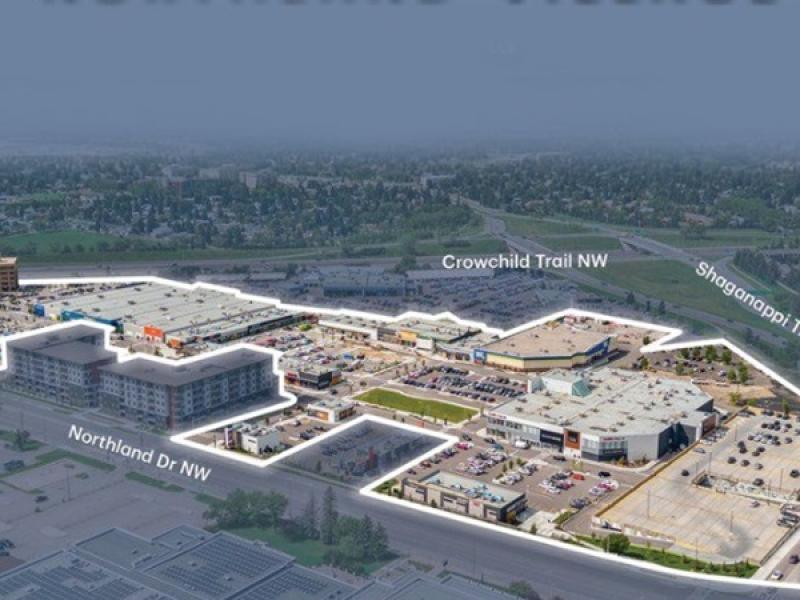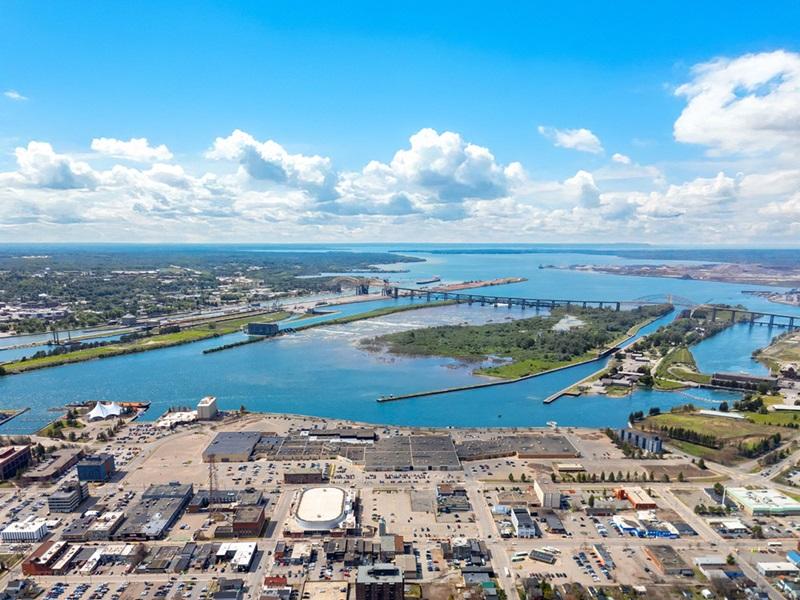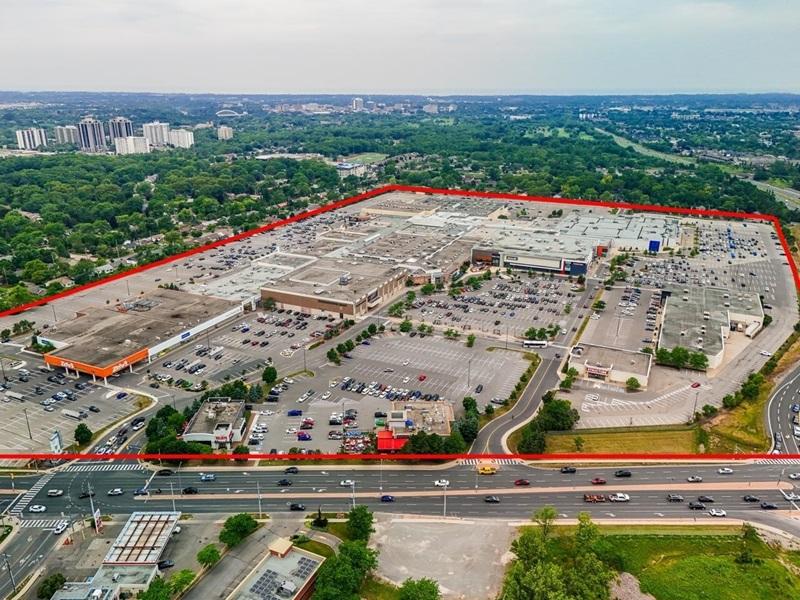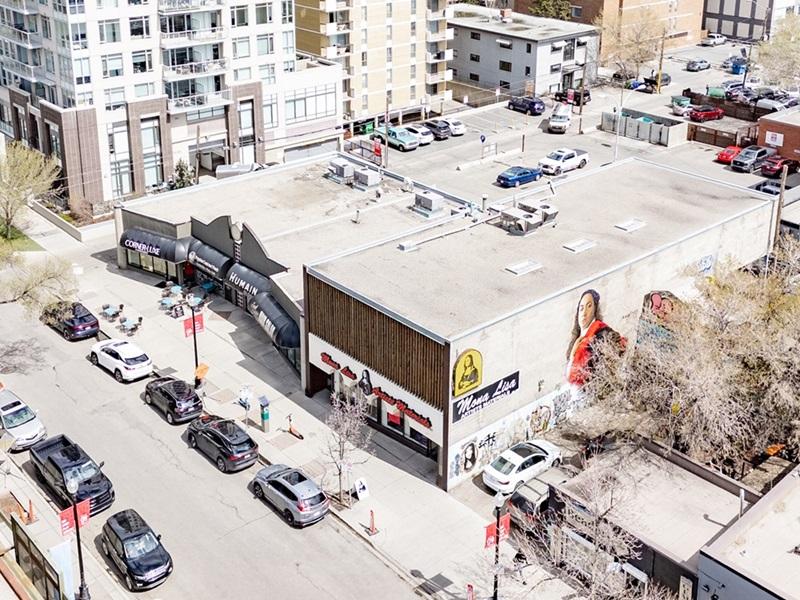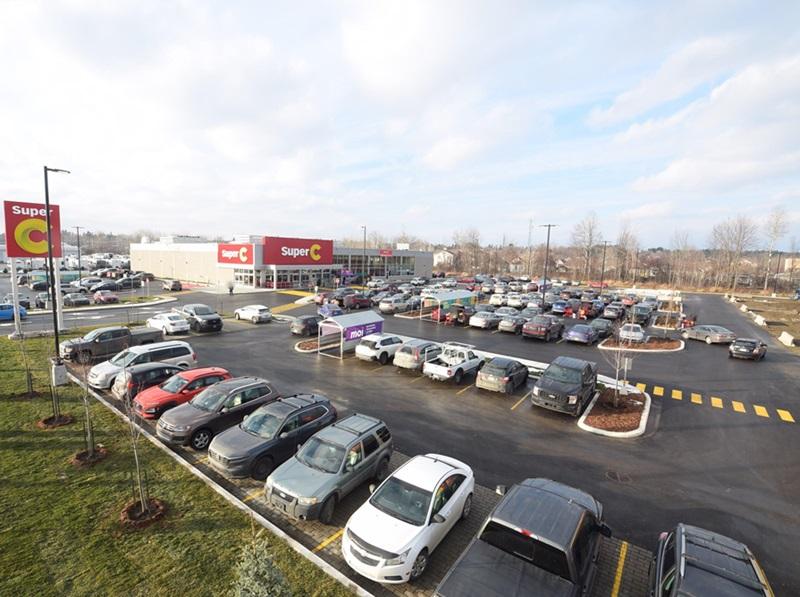
In the wake of the COVID epidemic and amid ongoing economic headwinds, many retail real estate owners and operators have found an investment and development sweet spot in mid-sized retail plazas.
Instead of focusing on larger, enclosed malls, many are concentrating their efforts on re-developing or expanding existing properties, or developing new assets in growing or underserved neighbourhoods.
There is a strong focus on necessity-based anchor tenants such as grocery stores and pharmacies in assets from about 60,000 square feet up to and over the 200,000 square foot range.
“If you see all the major retailers wanting to expand and have the capital to expand, that segment of the market is very strong,” said Tyler Harden, co-chief executive officer at Harden in Vaudreuil-Dorion, Que., in an interview with RENX.
“We see that it continues to be strong — specifically post-COVID — where people are social beings and want to be out in retail formats, whether it be going to restaurants or going to the cinema, but basically out and about, rather than being at home,” he said.
A “stickiness” factor predicting that online retailers would continue to steal market share from in-person storefronts has not happened, according to Harden. In fact, he says the opposite is taking place.
“Foot traffic in all of our centres is drastically up from prior to COVID, and that’s a testament to the resilience that physical brick-and-mortar retail has today.”
Harden investing in retail
Harden believes strongly in continuing to invest in these assets. It has just marketed 45,000 square feet of new leasable space in Phase III of its Plaza Hawkesbury development in Hawkesbury, Ont. That represents a $20-million investment into the 172,236 square foot plaza.
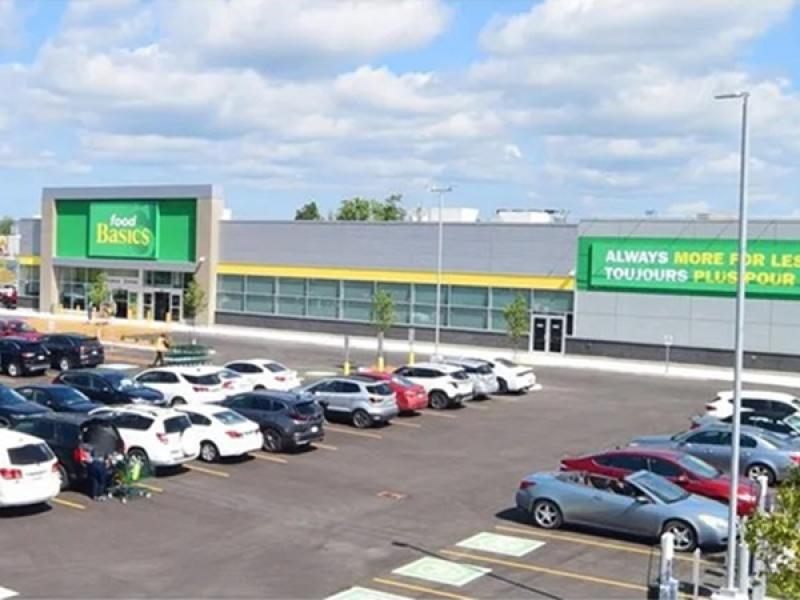
The new space is anchored by Food Basics, which just opened a 32,000-square-foot grocery store.
“Open-air centres, accessible with parking fields are convenient and are ones that consumers are looking for and enjoy the format,” Harden said.
For one broker, these types of investments represent an excellent value for investors and are crucial to growing communities.
“Retail is a key component of the urban fabric of any municipality, any neighbourhood, any city and for the near term, we’re going to remain in a supply deficit,” James Boyce, senior vice-president at CBRE in Ottawa, told RENX.
Because of this, prospects for growth are solid, he said.
“I would guess in the next 12 to 24 months, we’re going to see net new developments, net new build; new inventory coming to market, which is going to start to satisfy some of the tenant demand that’s out there.”
It's a nationwide trend: witness the announcement Sept. 4 that Anthem Properties and partner Harbour Equity have broken ground on a 145,000-square-foot retail centre in Calgary's Belmont neighbourhood. It is to be an open-air facility with up to 14 buildings at full build-out.
The centre is to be anchored by a grocery store, liquor store and pharmacy, and include space for numerous other retailers.
Belmont will be Anthem’s third ground-up retail development in the Calgary area in recent years, following Highstreet at Cornerstone in northwest Calgary and D’Arcy Crossing in nearby Okotoks.
Forum also sold on mid-sized properties
Montreal-based developer Forum also has a focus on this segment, which fits neatly into its mantra.

“For us: it’s keep it simple. They’re typically in secondary and tertiary markets, where the cities might be a little bit easier to deal with and where — because of the simplicity of the project — they don’t add too many potential obstacles,” said Dean Mendel, president at Forum, who also spoke to RENX.
This is in contrast to potential headaches that may arise when proposing more sizable projects.
“Whereas a large redevelopment, they want it to be a showcase for the city, and most of them don’t have zoning that lines up, so there are normally a lot of different things that are at play at the same time. It’s just a much, much longer and larger process,” he said.
Forum recently celebrated a groundbreaking at Phase II of its Marché Buckingham project, located in Gatineau, Que. (across the Ottawa River from Ottawa).
“Your typical strip mall is needed by every community for essential services and typically, cities will see it as somewhat of a non-threatening project that will add value and prevent people from going to a neighbour community,” Mendel noted.
Market outlook remains favourable
Despite some economic challenge, the market outlook is favourable, according to Boyce.
“We are experiencing very high, if not record, occupancy levels throughout retail and we have survived the general economic conditions. Necessity-based retail (developments) are probably the best and most occupied retail in market today: most desirable from a tenant perspective, and continue to be most desirable from an investor perspective.”
With few new major shopping centres being constructed, this means “we can command pretty high rents for that new space, because there isn’t that much new supply, and there hasn’t been that much needed supply in recent years,” Mendel said. “The margins work quite well on those projects, and they’re very easy to calculate: you kind of know, with the simplicity of a single-storey building, what the costs will be.
“It’s pretty low risk to just add another phase,” he said.
Underperforming retail offers investment opportunity

While many malls are doing well, underperforming properties also represent a great investment opportunity, Harden added.
“Good-quality enclosed malls are continuing to do very well, but the B or C centres of enclosed malls are opportunities for redevelopment," he said. "Potentially downsize the aggregate amount of retail, but also supplement it with other types of use, such as residential and some office or hotel or other.”
Transforming these spaces doesn’t happen without some effort, however, according to Mendel. Developers have to be prepared to face challenges.
“We have a few sites with indoor malls that we’ve been working on either de-malling or partially de-malling and adding res, and you have to line up leases to all end around the same time. Otherwise, you’re carrying a semi-empty or an empty mall until the city finally plays ball with you.”
Local governments can force some owners with redevelopment plans to jump through many hoops.
“I’ve been at this for 25 years, and I don’t think it’s been this bad in my entire career," Mendel said. "There’s so much rhetoric from all levels of government that the approval process is going to be sped up, it just doesn’t really happen.”
The multiple layers of required approvals add additional complexities.
“Even if the will is there for a city to get a project going, typically, the approval process in reality is still very lengthy. So even with . . . good intentions, it doesn’t really play out the way it should,” Mendel said.
- With files from Don Wilcox


